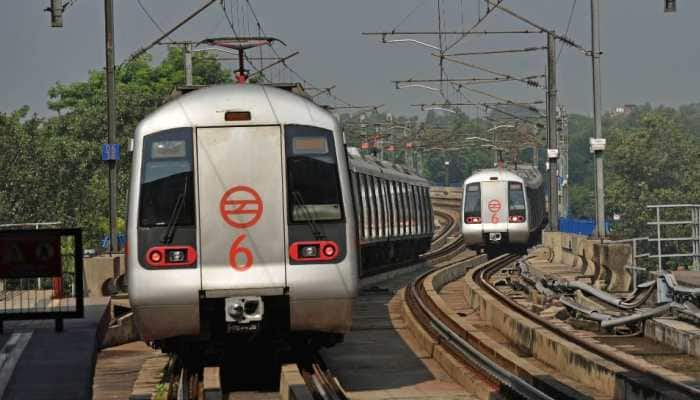Martial law in southern Philippines: What we know
Rodrigo Duterte said that his version of the martial law would be "harsh" and similar to that under Marcos.
Trending Photos
)
Manila: Philippine President Rodrigo Duterte has imposed martial law on the southern region of Mindanao to combat militants who have declared allegiance to the Islamic State group.
Tuesday`s violence was the latest in a series of deadly clashes with militants who have pledged allegiance to the Islamic State (IS) group and are based throughout Mindanao.
Duterte`s declaration fulfilled an often-repeated promise to impose martial law to combat the IS-linked militants, whom he has said are a growing threat to national security.
But he has said many times that martial law may be needed to solve many other problems, including illegal drugs. Authorities said they were battling members of two of the best-known groups to have declared allegiance to IS, the Abu Sayyaf and Maute organisations.
The military said it was hunting Isnilon Hapilon, an Abu Sayyaf leader who has been named the Philippine head of IS. The US government is offering a $5-million bounty for his capture.
The Abu Sayyaf is infamous for kidnapping foreigners and killing them if ransoms are not paid. It is also blamed for the nation`s worst terror attacks, including the 2004 bombing of a ferry in Manila Bay that claimed more than 100 lives.
The Jakarta-based Institute for Policy Analysis of Conflict said last year that deepening cooperation among the Maute gang, the Abu Sayyaf and other pro-IS groups meant more deadly violence was "a matter of when not if". Duterte had repeatedly said the growing influence of Islamic State was one of the nation`s top security concerns, and martial law was necessary to stop it.
However Islamist militancy is not new to the southern Philippines, where a decades-long Muslim separatist insurgency claimed more than 120,000 lives.
Muslim rebels orchestrated a siege in the southern city of Zamboanga in 2013 that left more than 200 people dead, but the government of then-president Benigno Aquino did not declare martial law.
Aquino also said he had considered imposing martial law just before standing down last year in Sulu, island strongholds of the Abu Sayyaf in the far south of Mindanao.
But Aquino said he decided against it partly because military rule could spark resentment among local people.Martial law allows the president to "call out the armed forces to prevent or suppress lawless violence, invasion or rebellion", according to the constitution.
Defence Secretary Delfin Lorenzana said security forces would be able to arrest suspected militants and hold them for three days without charge.
Critics fear the martial law will give security forces cover to carry out human rights abuses, citing the experience under dictator Ferdinand Marcos a generation ago.
During the nine years of martial law under Marcos, police and troops tortured, abducted and killed thousands of people who were critical of the dictatorship, according to rights groups and historians.
Duterte said on Wednesday that his version of the martial law would be "harsh" and similar to that under Marcos.The constitution limits martial law to 60 days unless congress agrees to extend it. Duterte warned Wednesday it could last for a year.
The post-Marcos constitution imposed safeguards on martial law, including the requirement for congress to approve its imposition and extension. The Supreme Court can also rule on its legality.
However Duterte said in January he would ignore the consitutional safeguards if necessary, and may impose martial law across the nation.
"I don`t care about the Supreme Court... because the right to preserve one`s life and my nation, my country transcends everything else," he said.
ajm/kma/sm
Stay informed on all the latest news, real-time breaking news updates, and follow all the important headlines in india news and world News on Zee News.
Advertisement
Live Tv
Advertisement







)
)
)
)
)
)
)
)
)
)
